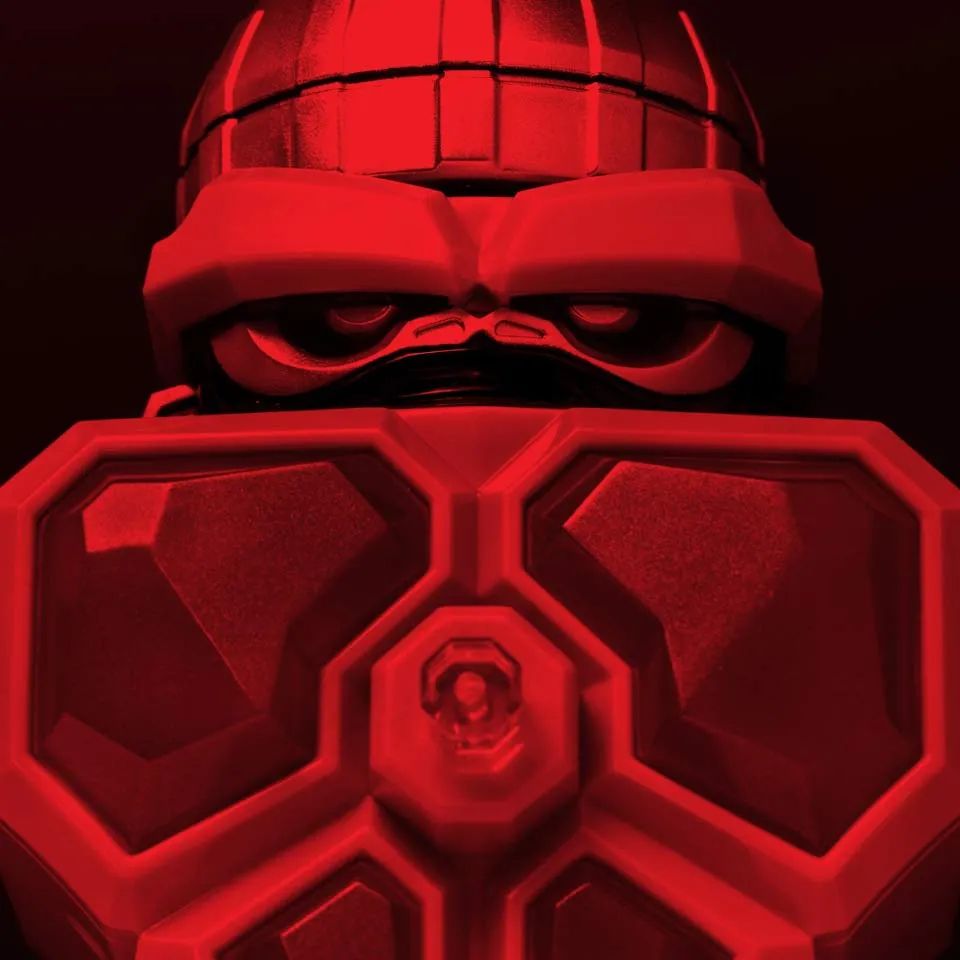The Secret of the Cyborgs
Article in the Exhibition Catalogue GOLEM
Caspar Battegay
In 2029 the super-computer Golem XIV proclaims the posthuman age in his usual pathos: Humans can only be saved by freeing themselves from the "chains of amino acid" and expanding the limits of the "code." When in Stanisław Lem’s story from 1981 intelligence bids farewell to its organic-biological state, this suggests a qualitatively expanded intellectual capacity, overcoming the fragility associated with the body, and a fundamental transformation of human beings beyond biological evolution. The cybernetic fantasy of the twentieth century has repeatedly taken up the figure of the golem. This also speaks to the old fear that an intelligence we create could turn against us. Norbert Wiener, founder of cybernetics, also mentioned in his last book God and Golem, Inc., published in 1964, that the computer is the "modern counterpart of the Golem of the Rabbi of Prague."
The Golem is created through linguistic magic. This corresponds to the basic thesis of cybernetics, that inorganic and organic processes are driven by data flows and codes. The ambivalent aspect of the golem and cyborg motifs is that both figures develop intelligence on their own, thus recognizing and autonomously defying or overriding their programming. The threatening scenario of artificial intelligence might be old, but with the rapid developments in information technology it has gained new currency. Alex Garland’s film Ex Machina is so eerie because artificial intelligence really does manipulate and seduce us every day through autonomously activated programs.
But the cyborg also contains a promise of freedom. It is not by chance that feminist theorist Donna Haraway has seen this figure as a symbol of the rewriting of social codes. And in Marge Piercy’s science fiction novel He, She and It (1991), the android Yod appears, whose programmer Malka tells him a feminist version of the golem legend. Like his ancestor from Prague, Yod—who is also a perfect lover—is supposed to save the Jewish community. He falls in love with a human colleague and recognizes that both the redemption of the Jews of the future and his own liberation depend on the reprogramming of the codes. By wrenching free of the control of his creator and ultimately opposing him, Yod shows the other figures how rescue and liberation can be conceived: By recognizing oneself and transforming supposedly fixed realities. Piercy’s novel is thus a positive example of what Garland’s film presents from a negative perspective: The secret of artificial intelligence is not its intelligence, but the moment of liberation.
Caspar Battegay is an Ambizione research fellow of the Swiss National Science Foundation at the University of Lausanne. There he is working on his postdoctoral dissertation (Habilitation) on utopian thought in modern Jewish literature. His areas of interest include German-Jewish literature, literary theory, modern humanities and popular culture.
Translated by Allison Brown
Ex Machina (film still) Screenplay and Director: Alex Garland England 2015
Citation recommendation:
Caspar Battegay (2016), The Secret of the Cyborgs. Article in the Exhibition Catalogue GOLEM.
URL: www.jmberlin.de/en/node/4690

Online Edition of the GOLEM Catalog: Table of Contents
The Golem in Berlin: Introduction by Peter Schäfer
Chapter 1
- The Golem Lives On: Introduction by Martina Lüdicke
- My Light is Your Life: Text by Anna Dorothea Ludewig
- Avatars: Text by Louisa Hall
- Current page: The Secret of the Cyborgs: Text by Caspar Battegay
Chapter 2
- Jewish Mysticism: Introduction by Emily D. Bilski
- Golem Magic: Text by Martina Lüdicke
- Golem, Language, Dada: Text by Emily D. Bilski
Chapter 3
- Transformation: Introduction by Emily D. Bilski
- Jana Sterbak’s Golem: Objects as Sensations: Text by Rita Kersting
- Crisálidas (Chrysalises): Text by Jorge Gil
- Rituals: Text by Christopher Lyon
- A Golem that Ended Well: Text by Emily D. Bilski
- On the Golem: Text by David Musgrave
- Louise Fishman’s Paint Golem: Text by Emily D. Bilski
Chapter 4
- Legendary Prague: Introduction by Martina Lüdicke
- Golem Variations: Text by Peter Schäfer
- Rabbi Loew’s Well-Deserved Bath: Text by Harold Gabriel Weisz Carrington
Chapter 5
- Horror and Magic: Introduction by Martina Lüdicke
- Golem and a Little Girl: Text by Helene Wecker
- The Golem with a Group of Children Dancing: Text by Karin Harrasser
- Bringing the Film Set To Life: Text by Anna-Carolin Augustin
- Golem and Mirjam: Text by Cathy S. Gelbin
Chapter 6
- Out of Control: Introduction by Emily D. Bilski
- Golem—Man Awakened with Glowing Hammer: Text by Arno Pařík
- Dangerous Symbols: Text by Charlotta Kotik
- Be Careful What You Wish For: Text by Marc Estrin
Chapter 7
- Doppelgänger: Introduction by Martina Lüdicke
- From the Golem-Talmud: Text by Joshua Cohen
- Kitaj’s Art Golem: Text by Tracy Bartley
- The Golem as Techno-Imagination?: Text by Cosima Wagner
See also
- GOLEM: 2016, online edition with selected texts of the exhibition catalog
- GOLEM: 2016, complete printed edition of the exhibition catalog, in German
- Golem. From Mysticism to Minecraft: Online Feature, 2016
- GOLEM: Exhibition, 23 Sep 2016 to 29 Jan 2017
